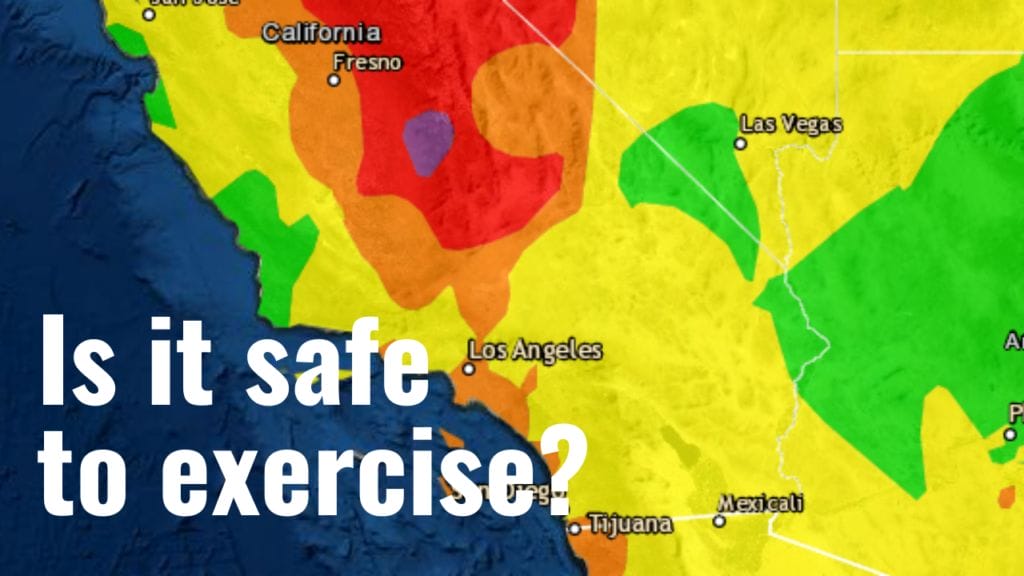Thought we wouldn’t find anything crazier in 2020? Well, welcome to wildfire season.
How do you know if the air quality is bad?
There are two really useful resources to help you find out how your local air is doing.
The first is the government’s EPA Airnow website. You can enter your zip code or city, and it’ll show you what the current air quality rating is.
But the Air Quality Index (AQI) is a rating that actually contains multiple different types of pollutants. Many of those pollutants are considered “man-made”.
Wildfires actually produce a pollutant that would be categorized as PM2.5. That just means that the particle matter is about 2.5 microns in size – really, really small.
And that’s the problem.
Due to how small PM2.5 particles are, they more likely to travel deep into our lungs and then pass into our bloodstream.
In fact, Professor Nenes, an atmospheric chemist at the Center of Studies on Air quality and Climate Change points out that wildfire smoke becomes four times more toxic after one day.
Not exactly something you’d want passing into your bloodstream.
Is it safe to exercise outdoors?
In a study, done in 2016, scientists set out to answer this question. They ran a study to test the effect of exposure to PM2.5 particulate matter, varying from 5 to 200 micrograms per cubic meter, on cycling and walking.
This was their conclusion.
So basically, the effect of PM2.5 particles on our health seems to be strongly dose-dependent. The study found little harm in the exposure to 22 micrograms, of PM2.5 particles per cubic meter, during low-intensity physical activity.
But wait.
Different levels of exercise result in different levels of oxygen consumption. That means the harder you train, the more you’ll need to breath.
This graph demonstrates how moderate intensity exercise requires about twice the amount of breathing as low intensity exercise, and high intensity exercise requiring up to three times as much (or more).
That means that even though the benefits of exercise exceed the harm of low-exposure to PM2.5 particles, that could quickly be reversed, during moderate to high intensity exercise, where a higher breathing rate is required.
A review of scientific literature on exposure to wildfire smoke on all-cause mortality came to the conclusion that wildfire smoke exposure is associated with increased all-cause mortality.
So what’s the verdict?
Wildfire smoke is probably not healthy to be inhaling in any amount. However, the benefits seem to outweigh the risks when it comes to low intensity exercise.
If you’re planning on participating in higher intensity exercise, you’re probably better off keeping those workouts short or taking them indoors for the time being.










